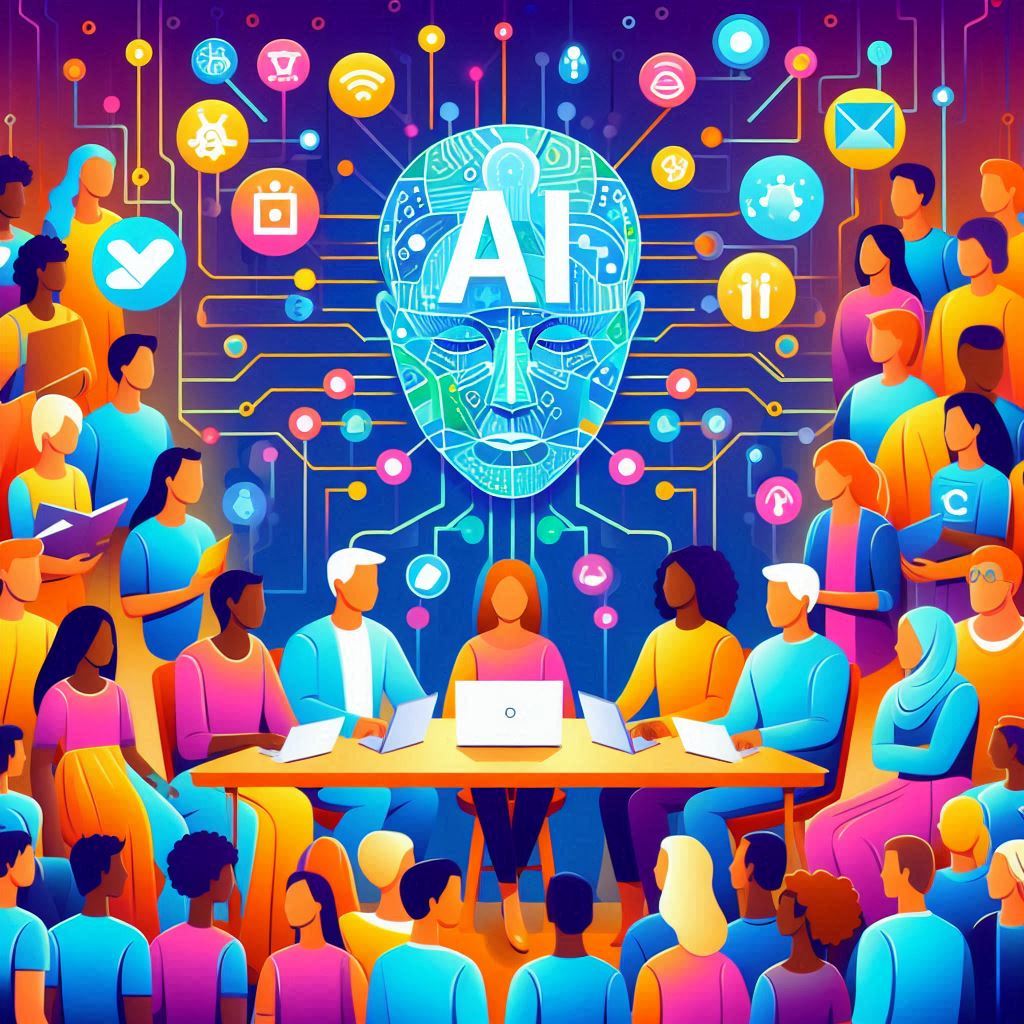Sanjay K Mohindroo

AI can transform our world, from business operations to daily living. However, with this transformative power comes the crucial responsibility of ensuring that AI minimizes harm and promotes fairness. This guide will delve into understanding AI bias, its real-world impact, and practical steps to build more equitable AI systems.
Explore how to combat bias in AI and promote equity. Learn practical strategies for building responsible AI systems that minimize harm and ensure fairness for all. #AI #ResponsibleAI #Equity #TechForGood
What is AI Bias and Why Is It a Problem?
Understanding AI Bias
AI bias occurs when there is a deviation in the performance of AI algorithms due to prejudiced data or flawed programming. This bias can manifest in data collection methods or the algorithms themselves.
Bias often creeps into data when the sample isn’t representative. For instance, an imbalanced dataset lacking diversity in gender, age, or ethnicity can lead to biased AI outcomes. Similarly, algorithms may inadvertently favor certain outcomes or overlook critical factors due to the way they are coded.
The Impact of AI Bias
AI systems operate at scale, making decisions and predictions based on vast amounts of data. Therefore, even a minor bias can have amplified negative effects. When AI systems are biased, they can perpetuate and even magnify existing inequalities.
Consider an image search algorithm that predominantly displays white males for high-paying professions. If an image generator then trains on these results, it will likely produce biased images when asked for pictures of CEOs, doctors, or lawyers.
Real-World Consequences
Bias in AI can have severe consequences, particularly when these systems are used in decision-making processes affecting human lives. Examples include:
- Hiring Processes: AI-driven HR systems can perpetuate discrimination in hiring. For instance, Amazon’s recruitment tool was found to downgrade female candidates because the data used reflected a male-dominated applicant pool.
- Financial Services: AI used in lending decisions can unfairly restrict access to credit. Biased algorithms in financial services can lead to discriminatory practices against certain groups.
- Healthcare: AI in healthcare can exacerbate disparities in treatment. An algorithm designed to predict healthcare needs underestimated the needs of black patients due to historical underfunding in black healthcare.
Examples of AI Bias
Recruitment and Employment
Amazon developed a tool to rate software engineering candidates, which discriminated against women due to the underrepresentation of women in the applicant pool. Similarly, iTutorGroup faced legal action when its algorithms were found to discriminate against older applicants, downgrading applications from women over 55 and men over 60.
Facial Recognition and Law Enforcement
Facial recognition technology has been shown to have higher error rates for ethnic minorities. This has led to bans on its use in law enforcement in several regions, including the entire European Union.
Criminal Justice
The COMPAS system, used to predict the likelihood of reoffending, was found to be racially biased, overestimating the likelihood of black individuals reoffending compared to white individuals.
Online Search and Advertising
Google’s algorithms have been accused of displaying job ads for high-paying positions more frequently to men than women. Additionally, searches for “CEO” disproportionately return images of white males, perpetuating stereotypes.
Healthcare
An algorithm used to predict future healthcare needs underestimated the requirements for black patients, reflecting systemic biases in historical healthcare spending.
How Do We Fix This?
Ensuring Representative Data Collection
It’s essential to collect data in a way that accurately represents the population. This involves balancing data by age, gender, race, and other critical factors to prevent biases from creeping in.
Implementing Human Oversight
Human oversight is crucial to catch erroneous decisions before they cause harm. Regular audits and third-party investigations can help identify and rectify biases early on.
Regular Audits and Testing
Algorithms and models should undergo continuous auditing and testing. Tools like AI Fairness 360 and Google’s What-If can help examine and measure algorithm behavior to ensure fairness.
Promoting Diversity in AI Teams
A diverse team brings a variety of perspectives and experiences, which is invaluable during the design, development, and testing phases. Diverse teams are more likely to identify potential biases and address them effectively.
A Collective Responsibility
Building responsible AI is a collective effort. By taking steps to ensure fairness and equity in AI, we can harness its transformative potential while minimizing harm. This requires vigilance, continuous learning, and a commitment to ethical practices in AI development and deployment.
Promoting Equity: Steps to Take
Collect Data Responsibly
Gather data that accurately represents diverse populations to avoid biases. Ensure that all critical factors, such as age, gender, and race, are balanced.
Implement Human Oversight
Incorporate human oversight in AI processes to catch and correct biases. Regular audits by third-party investigators can help identify issues early.
Use Fairness Tools
Employ tools like AI Fairness 360 and Google’s What-If to regularly test and audit algorithms for biased behavior.
Diversify AI Teams
Ensure that AI development teams are diverse to bring a variety of perspectives and experiences to the table.
Stay Informed and Educated
Keep up with the latest research and best practices in responsible AI. Continuous learning is crucial to staying ahead of potential biases and ethical challenges.
Call to Action
Let’s work together to build AI systems that are fair, equitable, and beneficial for all. By addressing bias and promoting diversity, we can ensure that AI technology serves everyone responsibly and ethically.
#AI #ResponsibleAI #Equity #TechForGood #Inclusion #BiasInAI
You must be logged in to post a comment.